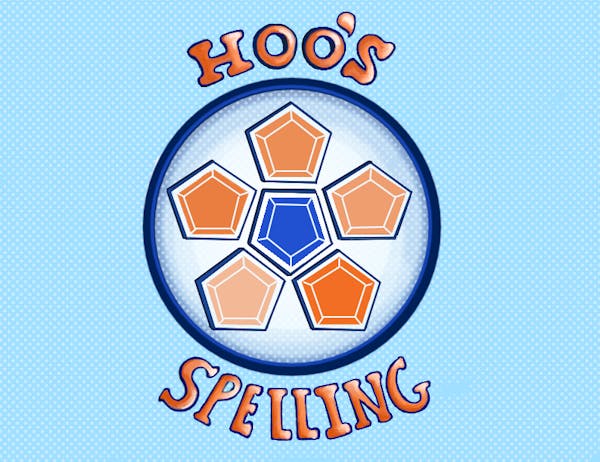THIS SPRING Break, nearly 600 University students gave up a week of relaxation and debauchery to trek around the world, from West Virginia to Honduras, and participate in various forms of service. Through the umbrella organization of Alternative Spring Break, site leaders worked with organizations at over sixty locations worldwide to help communities in some way, from youth services to environmental conservation projects. I participated in a disaster relief project in Hancock County, Miss. While some trips surely have more of a tangible impact on communities than others, it is only a matter of degree rather than substance. No trip can be attacked as completely unworthwhile. Rather than constantly having to deflect criticism from various individuals and organizations at the University, Alternative Spring Break should continue to expand because its positive impact is undeniable. At the same time, ASB should consider constructive criticism and work to make their service projects as effective as possible.
For those whose attitude towards service projects is"I need to see it to believe it,"many ASB trips tangibly contributed in small but lasting ways to the communities in which they volunteered. From gutting houses, to moving families from condemned homes flooded by Hurricane Katrina, to sea turtle preservation and hatchery construction in Costa Rica, University students unequivocally made positive contributions to the communities in which they worked. If they enjoyed their service and -- horror of horrors -- felt a sense of pride in doing some good over break, more power to them. Of all things, people should be happy with themselves when they help others.
One cannot assume the work done by University students could have been done by giving donations to local nonprofits instead of physically traveling to the communities. The woman heading up Katrina Relief, the organization with which my ASB group worked, said that financial relief was far from sufficient for Gulf Coast reconstruction efforts. What nonprofits like hers needed was manpower, boots on the ground, people willing to do the dirty work. She also said that even after two and a half years of diligent efforts in Mississippi, less than five percent of the work needed to be done had been completed.
Clearly some service trips produce more tangible good than others. The trips to places like Jamaica rouse suspicion because of the obvious associations with Jamaica as a tropical resort island. Also, service trips that involve working with children perhaps are not the best use of resources or energy, especially with the trip lasting only a week. Some trips working primarily with children, however, such as El Progreso Honduras, also incorporated other service projects, like painting murals on the walls of the orphanage. This is a very good method to ensure positive contribution and repel criticisms. At the very least, University students who go on youth service trips provide positive examples to the children, contribute to the local economy and learn to appreciate their own privilege more. But ASB would be wise to strongly encourage their site leaders of all trips to incorporate tangible service. It is hard to discern whether or not a child is happier, but anyone would be hard pressed to deny the value of a new coat of paint on a child care center. Some criticize ASB as a group of guilty liberals who deceive themselves into believing they can save the world in a week. From what I saw and heard, though, most students who come back from these trips feel like they hardly made a dent in the systemic poverty or social problems they witnessed. Far from feeling a sense of inflated self-importance, students feel overwhelmed by what they saw and how truly worse off so many parts of the world are, from the bayous of Mississippi to the coastal town of Chincha, Peru.
In a way, though, the world really was changed. Not on a metaphysical level, but from the perspective of those who were helped. People in my group helped an elderly lady move into an apartment after she had spent the past two and a half years living like a vagabond, shuffling what few items she had salvaged from her home before Hurricane Katrina from one friend's home to the next. She then had spent the past few months in a tiny FEMA trailer, only to find out, after feeling more ill than usual, that it was contaminated with formaldehyde. So when a bunch of energetic young people helped move her to her new home, her world was indeed changed.
The criticisms over the merits of Alternative Spring Break fall flat outside of the academy and the Opinion page of The Cavalier Daily. Maybe privileged University students have the time and concern to debate the worth of this service organization, but to the little old ladies like the one we met in Waveland, Mississippi, real people don't really give a damn. They're just glad to be living in a place they can call home again.
Marta Cook's column appears Tuesdays in The Cavalier Daily. She can be reached at mcook@cavalierdaily.com.






